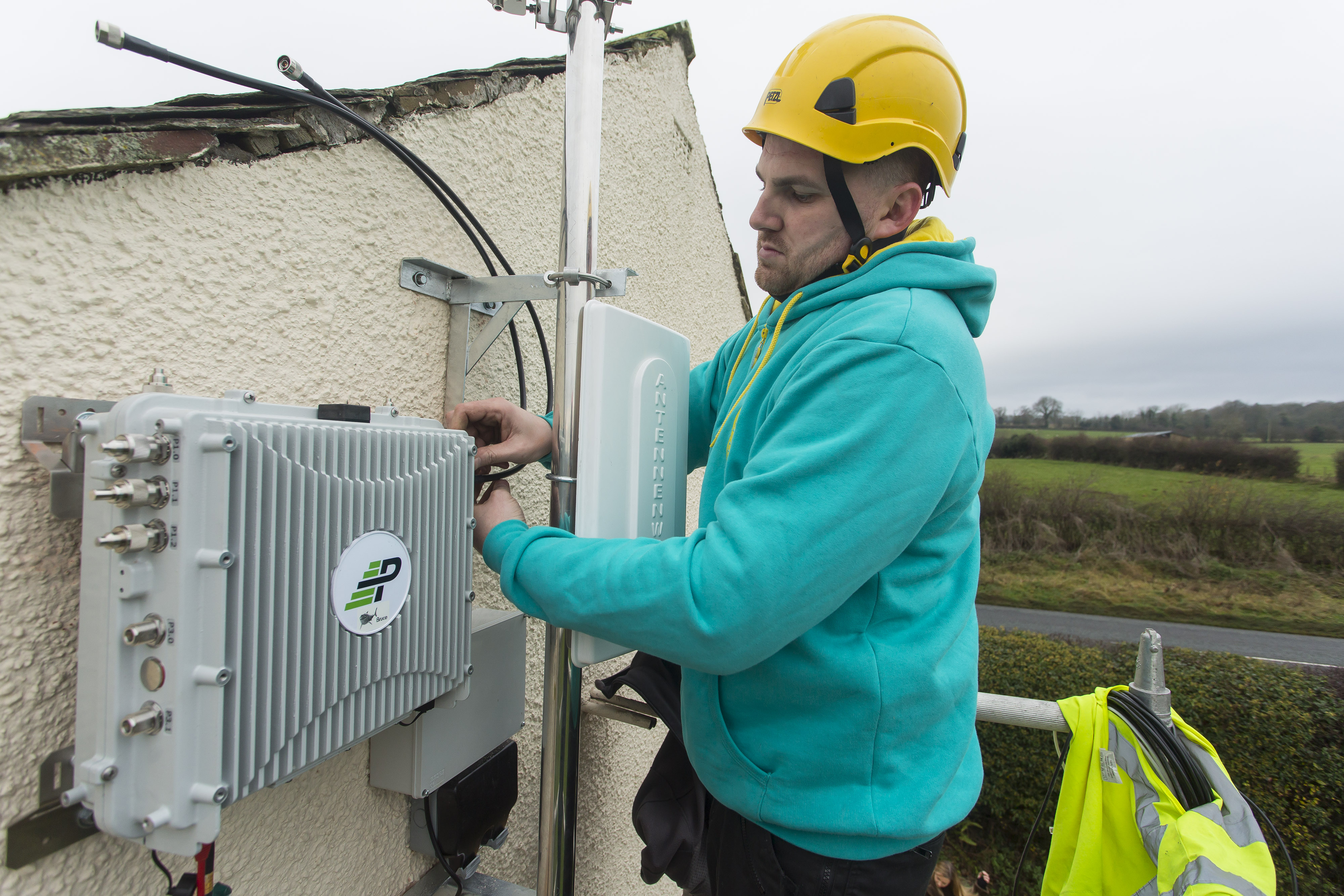

EE hopes open source mobile networks will help it deliver 4G coverage to rural parts of the UK or even assist with the future rollout of 5G infrastructure.
The BT-owned operator has teamed up with Ubuntu and Surrey-based Lime Micro to provide tools for developers to create new applications and services for a mobile network, with the products deployed across EE’s infrastructure.
Developers can pre-order the LimeSDR (Software Defined Radio) ‘network in a box’ device, which can be configured to provide any type of wireless service – including 2G, 3G, 4G and Wi-Fi, along with configuration software available through Snappy Ubuntu Core, a minimal version of Ubuntu for connected devices.
Read More: Open Source Mobile Networks Could Solve Rural ‘Not-Spots’
EE says the initiative is part of its commitment to the Telecom infrastructure Project – a network initiative also supported by Facebook, Nokia and Intel among others – and is a “key milestone” for the deployment of rural networks.
The operator has committed to cover 95 percent of the UK’s landmass by the end of the decade and could even connect the final five percent to support the Internet of Things (IoT). It hopes the applications developed using the tool kit can support this ambition.
“Apps and smartphones revolutionised the mobile experience and this could have the same impact on the network – we’re allowing anyone to build an app that can introduce a new service or a new capability to a mobile network,” said Mansoor Hanif, director of radio networks at EE.
“That could be to connect a rural area of the UK for the first time, or to be part of designing how 5G works. This type of innovation is vital to evolving wireless networks, and we’re making sure that the UK is at the forefront of that.”
Lime Micro was founded in 2005 and claims its programmable transceiver is a “world first”. Its technology has been used in a number of Mexican villages deemed to be commercially unviable by local mobile networks, prompting residents to create their own for a few thousand dollars. Because the transceiver can be programmed to work with any wireless standard, and uses open source, the cost of components comes down significantly.
“We are delighted to be working with EE to bring our Radio Access Network solution to remote areas of the UK, and to start on a journey that will change how mobile networks are built, and who drives the innovation in this industry,” added Ebrahim Bushehri, CEO of Lime Micro. “We’re committed to making low cost open source hardware that is easy to access and program, to achieve the goal of universal wireless connectivity.”
Canonical in recent times has looked to position Ubuntu as a platform for embedded systems and the IoT. Snappy Ubuntu Core supports this by improving security and application updates.
“We see the collaboration between EE, Lime Micro and Canonical as a game changer for the telecom industry and wireless communication in general,” added Maarten Ectors, vice president of IoT at Canonical.
All Cybertrucks manufactured between November 2023 and February 2025 recalled over trim that can fall…
As Musk guts US federal agencies, SEC issues summons over Elon's failure to disclose ownership…
Moonshot project Taara spun out of Google, uses lasers and not satellites to provide internet…
Pebble creator launches two new PebbleOS-based smartwatches with 30-day battery life, e-ink screens after OS…
Amazon loses appeal in Luxembourg's administrative court over 746m euro GDPR fine related to use…
Nvidia, xAI to participate in project backed by BlackRock, Microsoft to invest $100bn in AI…